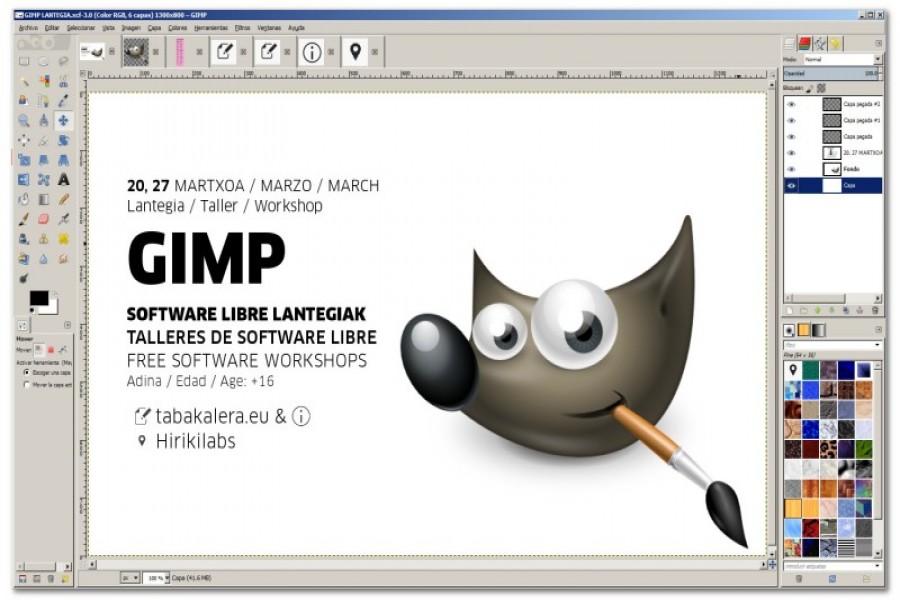
Published :
Updated :

Gimp or GNU Image Manipulation Program is open-source image manipulation and photo editing software that offers professional-grade features for free.
Since its release in 1996, GIMP has come a long way from being an experimental project by some university graduates to the most robust and free-for-all Adobe Photoshop alternative on the internet.
GIMP’s strengths lie in its accessibility, community support and feature-rich interface.
GIMP is used by professionals, developers and general users from all over the world and there is a big community of users who are happy to help by sharing their insights, expertise and suggestions for all sorts of uses.
GIMP’s interface has been developed in a way so that it doesn’t intimidate a beginner while packing all the essential features that an image manipulation application should contain, and that has made it the most popular Photoshop alternative all over the world.
GIMP packs many layer modes, a lot of smart selection tools and advanced filters. One of its most powerful tools is the ‘Foreground select tool’ which works quite similarly to the object selection and detection tool in Photoshop.
GIMP also offers powerful retouching tools and warp transformation tools that are used by professionals in their everyday tasks. GIMP’s interface has a lot of similarities to Photoshop’s, and it also supports third-party filter and retouching tool packages.
So, a person can expect almost all the features he’ll need to get started on his professional graphics designing journey with this software.
We all know that Adobe products, brilliant as they are, also come with many caveats. Adobe software are heavy, resource-hungry, have a huge monthly subscription charge for the suite, and contain unnecessary in-app purchases and downloads.
So having an application that offers almost all the features as Photoshop and is free of cost makes GIMP a perfect go-to software for all kinds of user bases.
Nevertheless, GIMP has its limitations too. Since the software entirely relies upon voluntary contributions from developers, important features may take time to get updated on the main application, and the updates are less frequent than it is in Photoshop.
Also, GIMP still operates on RGB colour space and doesn’t support CMYK colour space, which makes it not so reliable when it comes to printing the outputs.
Although it has a feature that shows how the output will look in a printed form, a lack of CMYK support makes it a deal-breaker for people who are involved in printing. However, for just online uses, this is not an issue.
Open-source consumer-grade software applications have improved substantially since their inception, and there are major open-source software which are competing neck-to-neck with their paid competitors.
This has been possible due to the contributions from generous software developers all over the world, the mass public, especially aspiring students are getting to use professional-grade applications without breaking their bank.
GIMP is one of those applications that has been developed from the ground up, keeping the consumers in mind.


 For all latest news, follow The Financial Express Google News channel.
For all latest news, follow The Financial Express Google News channel.